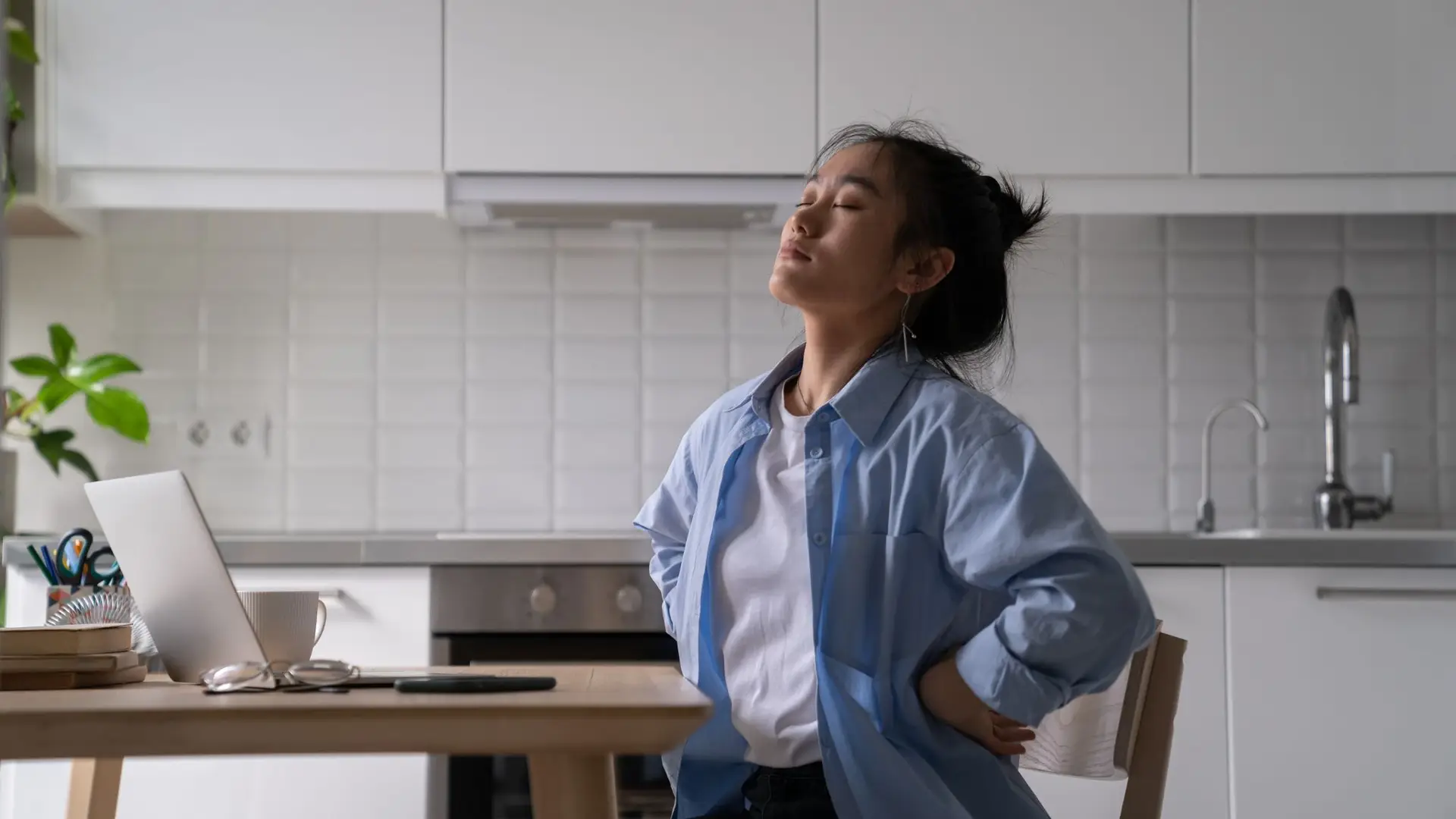
Systematic Desensitisation and Chronic Pain
Systematic desensitization is a therapeutic technique often used in the treatment of anxiety disorders, phobias, and certain forms of chronic pain. It involves gradually exposing an individual to the source of their fear or discomfort while teaching them relaxation techniques to manage their anxiety response.
In the context of chronic pain, systematic desensitization may be employed to help individuals manage their pain-related anxiety or fear. Chronic pain often leads to heightened stress and anxiety, which can exacerbate the perception of pain. By gradually exposing individuals to stimuli associated with their pain in a controlled and relaxed manner, they can learn to reduce their fear and stress response, potentially leading to a decrease in the perception of pain.
For example, a person with chronic lower back pain might have developed fear and anxiety about certain movements or activities that they associate with increased pain. Through systematic desensitization, they would be guided through a relaxation technique, then gradually exposed to these feared movements or activities in a controlled and supported environment. Over time, this can help reduce the anxiety and fear response associated with those activities, potentially leading to decreased pain perception and increased functional ability.
Systematic Desensitisation How Does It Work?
Systematic desensitization involves several steps and techniques aimed at gradually reducing the anxiety or fear response associated with a particular stimulus. When applied to chronic pain management, it typically involves the following techniques:
Relaxation Training: Before exposure to the pain-related stimuli, individuals are taught relaxation techniques such as deep breathing, progressive muscle relaxation, or mindfulness meditation. These techniques help induce a state of relaxation and calmness.
Hierarchy Construction: The therapist works with the individual to create a hierarchy of situations or activities related to their chronic pain, ranging from the least anxiety-provoking to the most anxiety-provoking. For instance, this could involve movements, exercises, or activities that the individual avoids due to fear of increased pain.
Exposure: Starting from the least anxiety-inducing item on the hierarchy, the individual is gradually exposed to the pain-related stimuli while maintaining a relaxed state achieved through the relaxation techniques learned. This exposure might involve visualizing the situation, engaging in modified movements, or gradually increasing the intensity or duration of the activity.
Progressive Exposure: As the individual becomes more comfortable and less reactive to the lower-level items on the hierarchy, they progress to the next level of exposure. This progression continues until they can confront the most anxiety-provoking situations without experiencing significant fear or anxiety.
Positive Reinforcement: Throughout the process, positive reinforcement and encouragement are used to reward the individual for their progress and efforts. This reinforcement can help reinforce the association between the formerly feared stimuli and a relaxed state.
Cognitive Restructuring: Alongside desensitization, therapists may also work on changing negative thought patterns and beliefs about pain. This involves identifying and challenging negative or catastrophic thoughts related to pain and replacing them with more adaptive and realistic beliefs.
These techniques aim to retrain the individual’s response to pain-inducing stimuli, helping them manage their emotional and physical reactions in a more adaptive way. It’s crucial for this technique to be implemented gradually and systematically, ensuring that the individual progresses at their own pace and feels supported throughout the process.